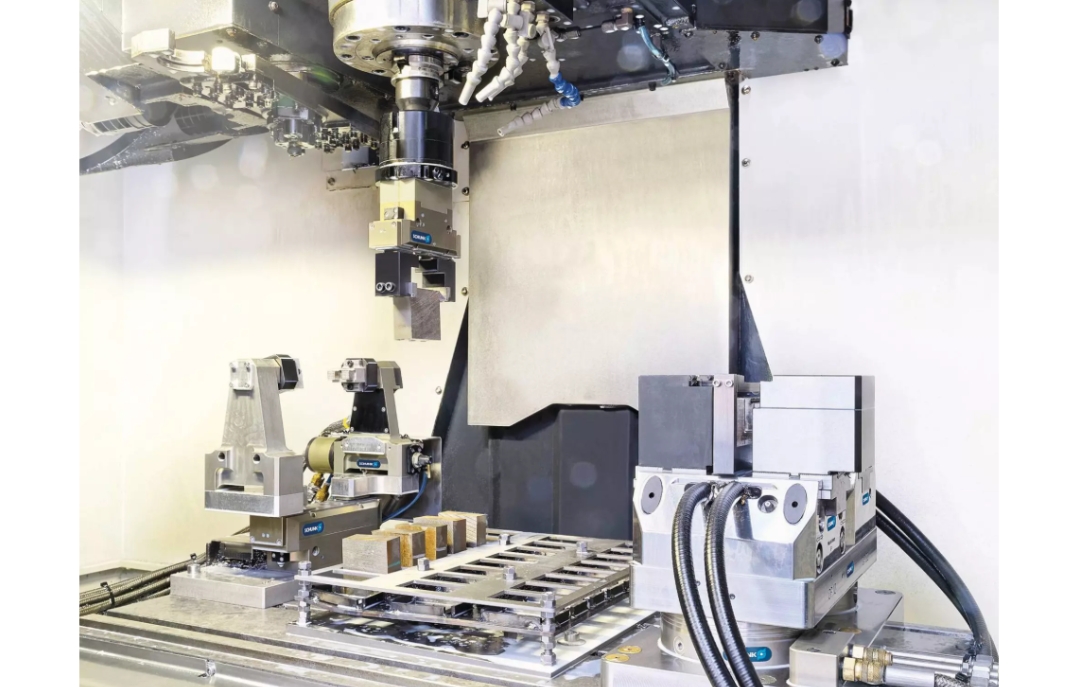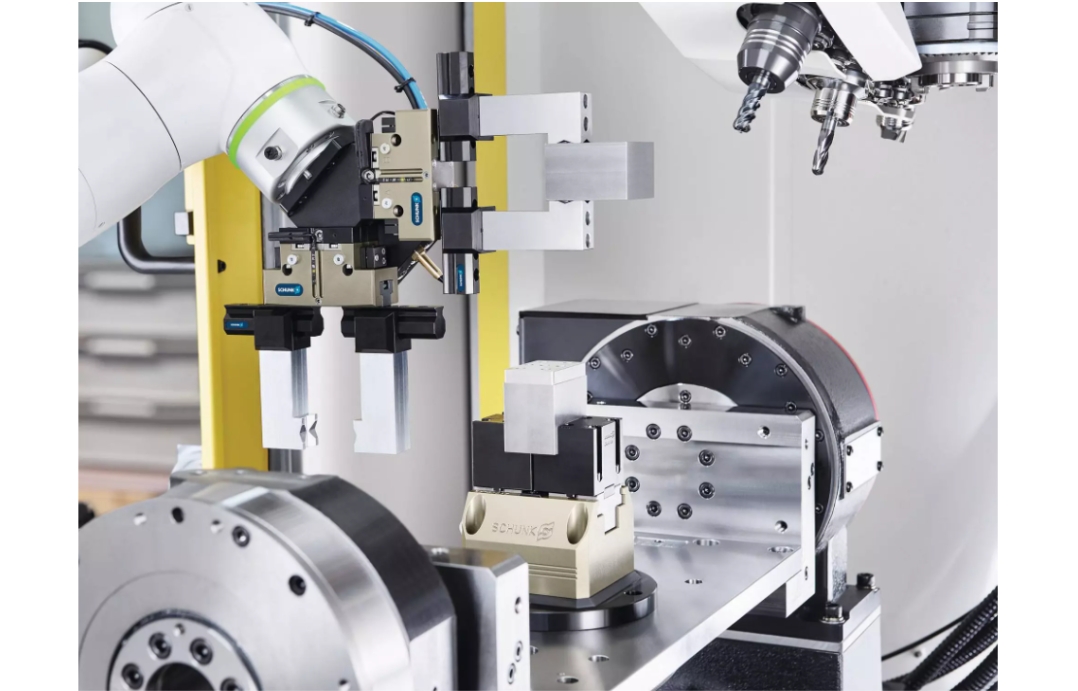In today’s rapidly changing automation industry in India, selecting the appropriate automation products is not an option to take lightly. Indeed, as manufacturers continue to drive factories towards leaner, smarter, and more responsive operations, making the correct equipment decision is perhaps as simple as thriving versus just making it through. With pressure from the marketplace to produce higher levels of output, fewer mistakes, and less downtime, the game of trial and error is long gone.
A well-optimized automation installation, whether you’re a modest factory plunking down a single robot or an enormous production line going all-digital, needs to fit right in with your processes, your budget, and your growth goals. How do you find your way through a thicket of new features, specs, and the constant marketing din, then? Let’s cut it down to the essentials, straight and simple, so you can make decisions that keep your factory future-proof.
Getting Familiar with the Automation Product Environment
So, first of all, what do automation products consist of? Essentially, it’s any sort of equipment or system that eliminates, decreases, or streamlines human involvement in industrial processes. They go from smart sensors to PLCs, industrial robots, advanced machine vision systems from automation equipment manufacturers, right down to AI-based quality control tools.

One can easily imagine them as building blocks. Senses are created by sensors, brains by controllers, and muscles by actuators or robots. All these together create a responsive, smart system when assembled in the right way. In India’s automation industry, things come to life and get magical when these blocks all fit together.
Which is why your initial checkpoint is clarity. Write down what you actually need: Is it speed? Accuracy? Less dependence on labour? Energy efficiency? Automation is a broad umbrella, so narrowing down what your factory hurts most about brings the focus to your choice.
Factors to Consider When Investing in Automation
Before you sign that cheque or sanction a PO, you’ve got to stop and think through a few important parameters. No two plants are the same, even producing similar things, so cutting and pasting someone else’s solution is never going to work. Here’s what you’ve got to remember:
- Compatibility: Is the new system compatible with existing machinery or software?
- Scalability: Can you simply scale up the system as the business grows?
- ROI: Don’t just look at the initial sticker price, but also at the payback period.
- Flexibility: Will it accommodate changes in product design or batch size?
- Ease of use: Intricate systems tie up resources for training and maintenance.
- Service and support: Is the local manufacturer, or will you not be able to find parts or qualified technicians?
In the Indian automation industry, where service speed makes or breaks production, that one consideration is gigantic. A week’s wait for spares or for remote diagnosis could be a nightmare you genuinely don’t want.
The Role of Sensors and Data
Today’s automation is based on one thing: data. And data only comes from a solid sensor backbone. Whether you put in a temperature sensor to avoid overheating your equipment, or a force sensor to control robotic grip, sensors are the eyes and ears of your automation system.
Better data means better decisions. If your equipment is “data-blind,” even the fanciest controller can only guess what’s going on. And in a high-volume production scenario, that’s asking for trouble. So as you shortlist automation products, always check their sensor and data integration capabilities.
Automation Equipment Manufacturers: What to Look For
The Indian market is replete with automation equipment manufacturers, from global giants to promising indigenous players. Selecting the appropriate partner can determine your cost, your uptime, and your customer obligations. Here’s what to look out for when you select a vendor:
- Established track record
- Sector-specific know-how
- Support network that is easy to access
- Documentation and training that is decent
- Willingness to tailor
You should have faith that the partner will remain with you, not merely until payment of the invoice, but with your production fluctuations. That is why numerous manufacturers rely on seasoned operators such as Schunk India, renowned for its cutting-edge gripping and clamping technologies, as well as extensive engineering support.
Maintaining in Sync with Evolving Needs
One thing that remains the same in India’s automation industry is change. Product SKUs continue to change, customer requirements continue to change, and compliances tighten yearly. That makes the best automation products that can bend without cracking.
Things such as modularity, re-programmability, and plug-and-play sensors are gigantic benefits. Why? Because factory floors tomorrow won’t resemble factory floors today. If you’re going to invest in inflexible, single-use solutions, you’ll be compelled to invest all over again every time markets change.
That’s where Industry 4.0 comes in. When your automation equipment is poised to communicate with IoT, machine learning, or cloud platforms, you’re incorporating future-proofing right from the beginning. A robot or sensor that can “communicate” with a MES or ERP is exponentially more valuable than one that functions independently.
Smart Automation and the Human Touch
A few still hold the opinion that automation destroys jobs, but that’s a limited perspective. Intelligent factories rely on a collaboration between humans and machines. That’s why investments in easy-to-use, secure, and collaborative systems are needed.

Consider robotic arms with force limiting, human-presence-detection cobots, or visual sensors to avoid accidents. These don’t eliminate human capability, they augment it, so staff can focus on more valuable tasks.
And naturally, investing in training is not optional. Regardless of how clever your automation products are, you still require people to operate, monitor, and maintain them. Upskilling courses, safety training, and even casual job-shadowing sessions can be confidence builders on the shop floor, making your automation rollout seamless and trouble-free.
Getting ROI Right
One last piece of the puzzle is finances. Automation ain’t free. Even simple systems can be a significant hit to your bottom line. That’s why ROI calculation goes far, far beyond scribbling down the machine’s price tag.
- You have to include:
- Maintenance and support bills
- Downtime charges
- Training bills
- Integration with old systems cost
- Savings from minimized waste and increased productivity
In India’s automation industry, with its thin margins, a well-crafted ROI plan can be your best protection against runaway expenses. Don’t be wooed by salesmen, do the numbers.
Why Partnerships Matter: A Word on Schunk India
There are many vendors who will take your money for a chunk of hardware and be gone. But automation is a marathon, not a sprint. So, you need a vendor that remains with you along the way.
Schunk India is one such partner. They bring German-engineered precision and a strong local presence to the table, so you receive high-quality clamping, gripping, and robot integration products, along with local support and in-depth application know-how. Such a partner reassures you, as you are not left on your own when it comes to a breakdown or query.
The Road Ahead
No matter what segment you’re in, automotive, electronics, pharma, or packaging, a smart investment in automation will define your next decade. It’s the path to higher profits, higher safety, and higher customer satisfaction.
The trick is to balance ambition with practicality. Plan your needs, choose the right partners, and focus on scalable, flexible solutions that can ride the inevitable market storms.
With the automation industry in India thriving and increasing numbers of manufacturers jumping on board each month, now is the time to make the move. Review your processes, discuss with your teams, and begin scoping out which automation solutions can deliver you to that next level of productivity.
Because whether it’s a robot, a sensor, or an entire connected assembly line, the most effective automation products are those that make your people, processes, and products shine brighter. And that’s a win no modern manufacturer can afford to ignore.




























